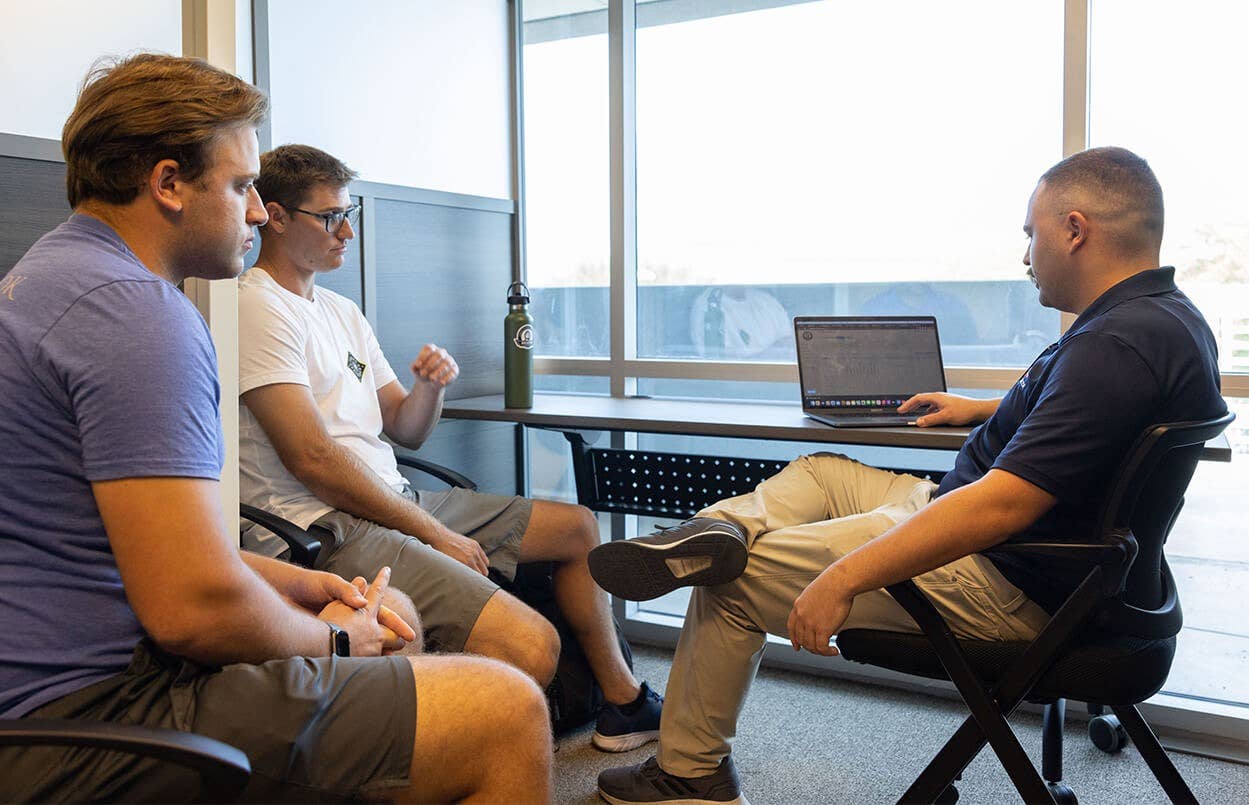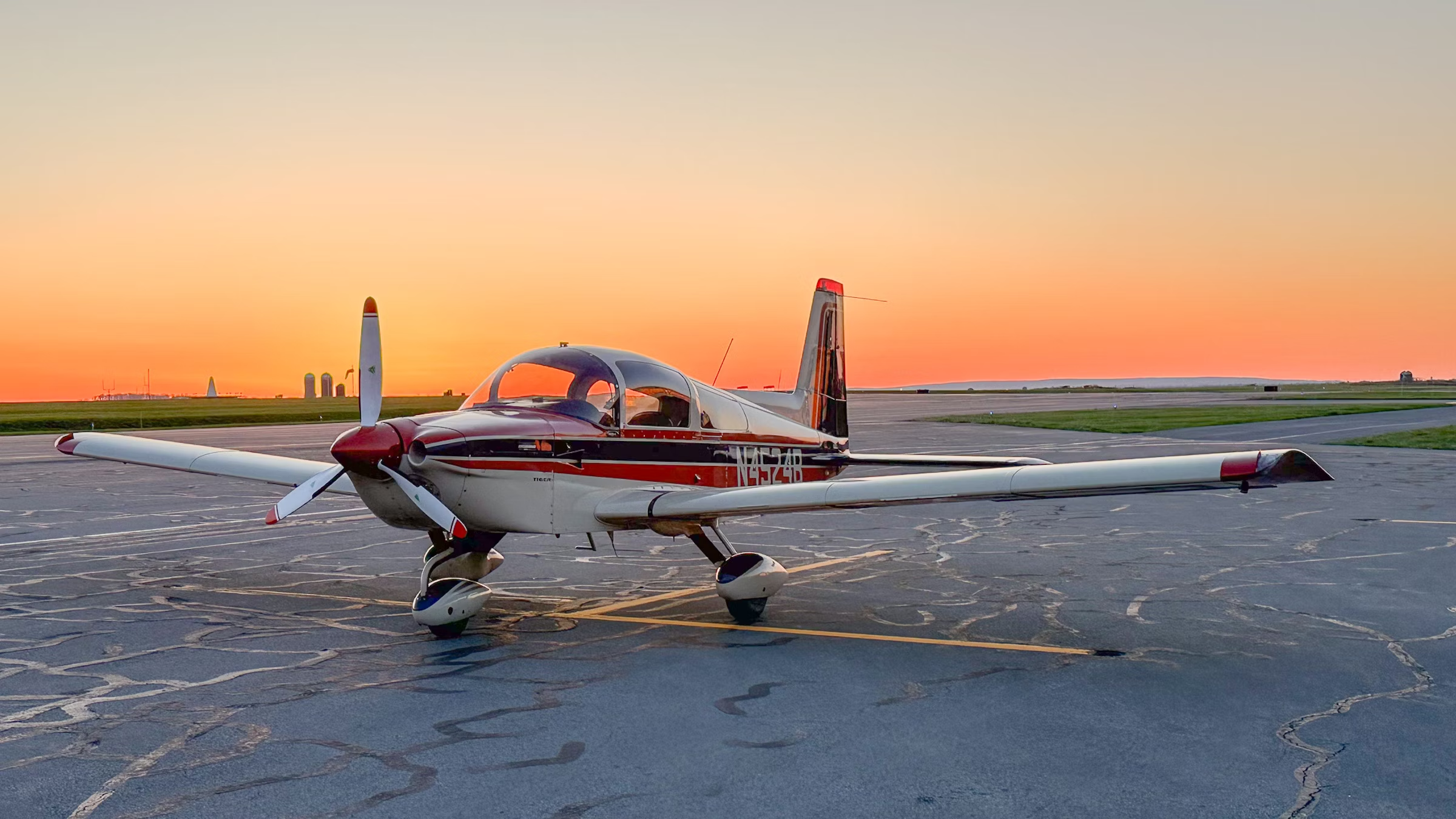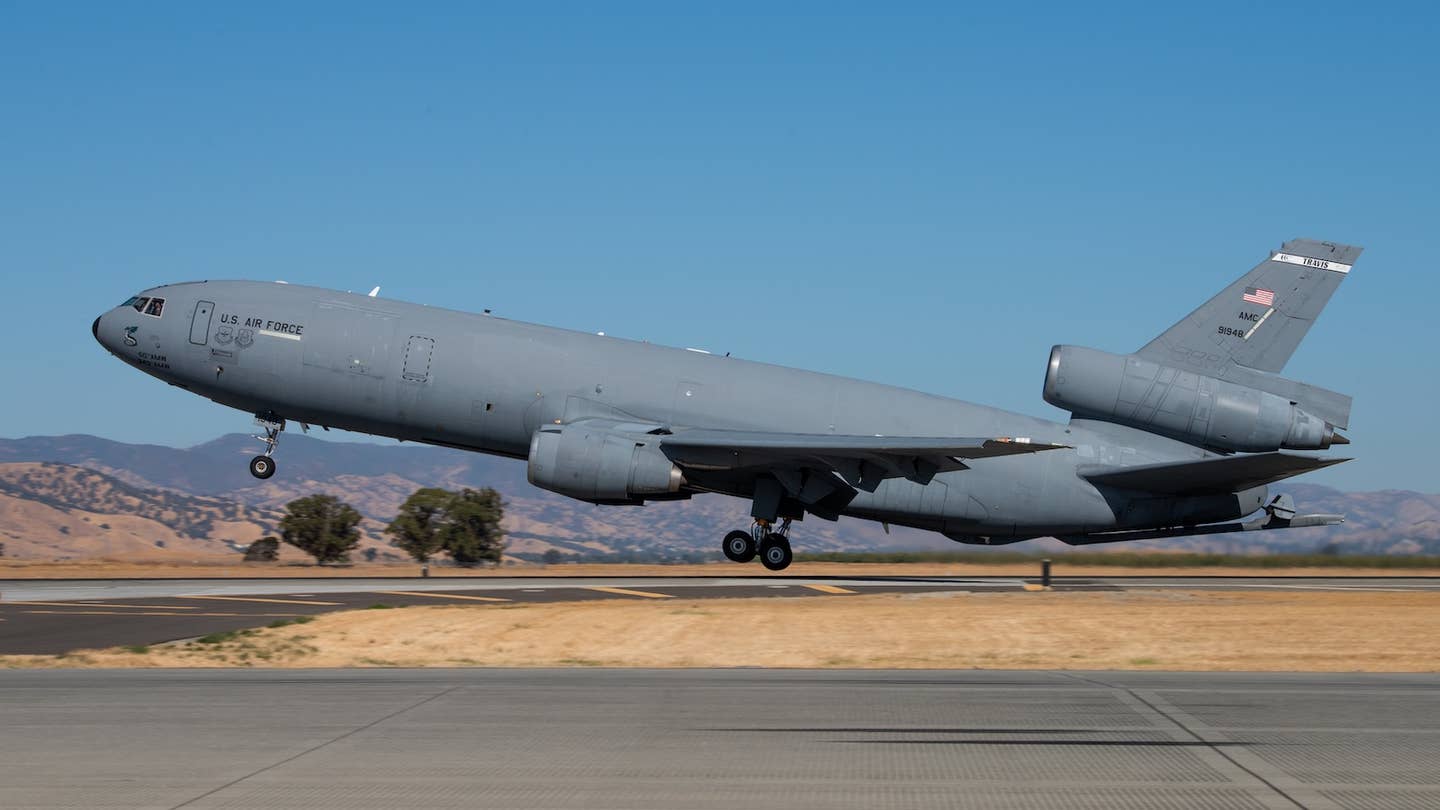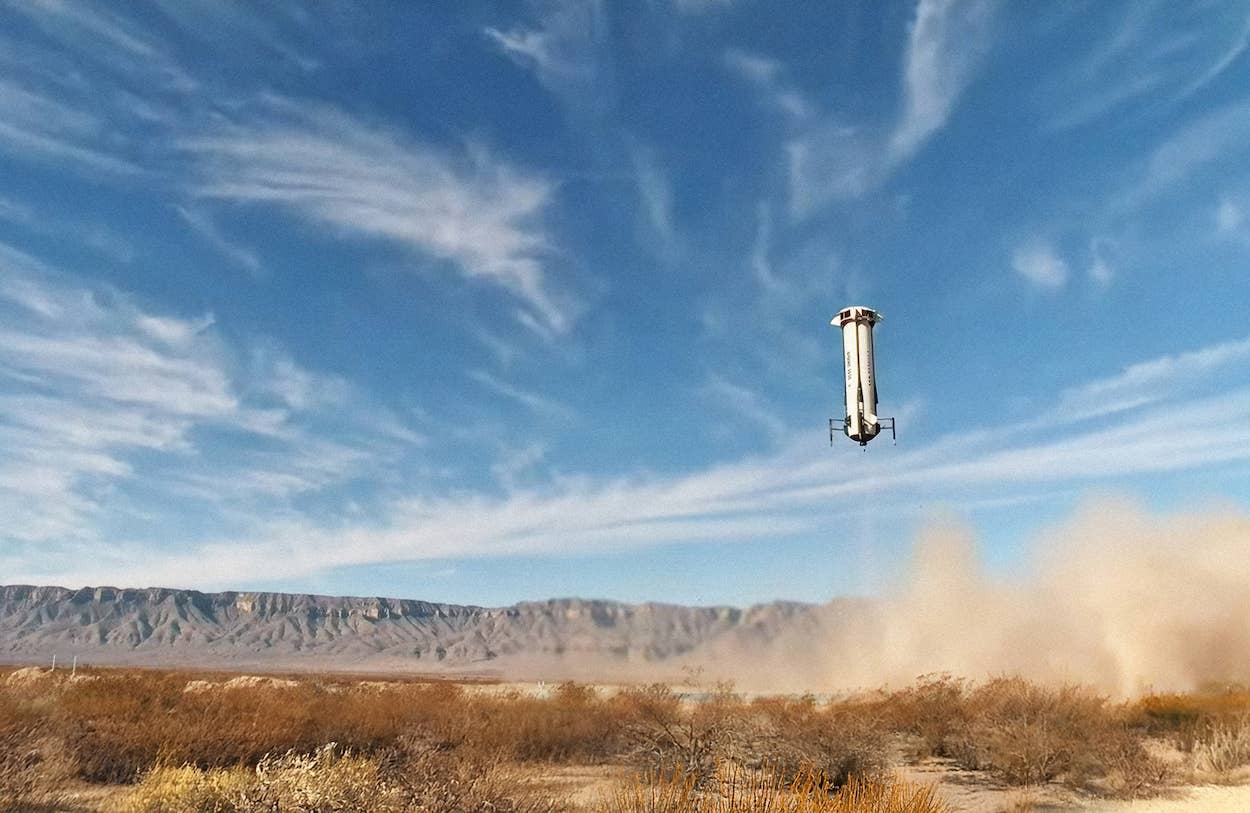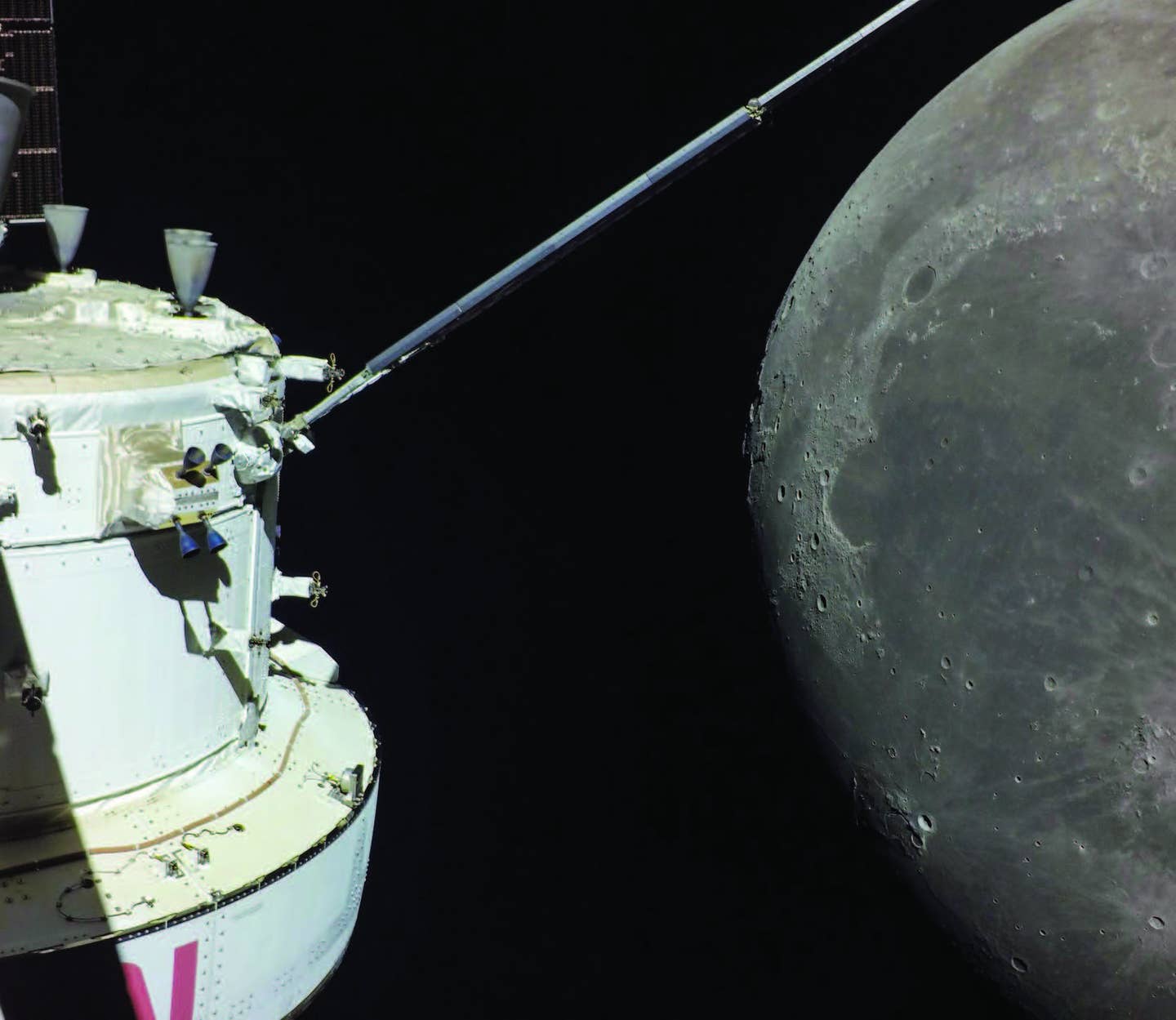Patty Wagstaff Is Always on Mission
Accomplished aerobatic pilot remains dedicated to aviation safety.
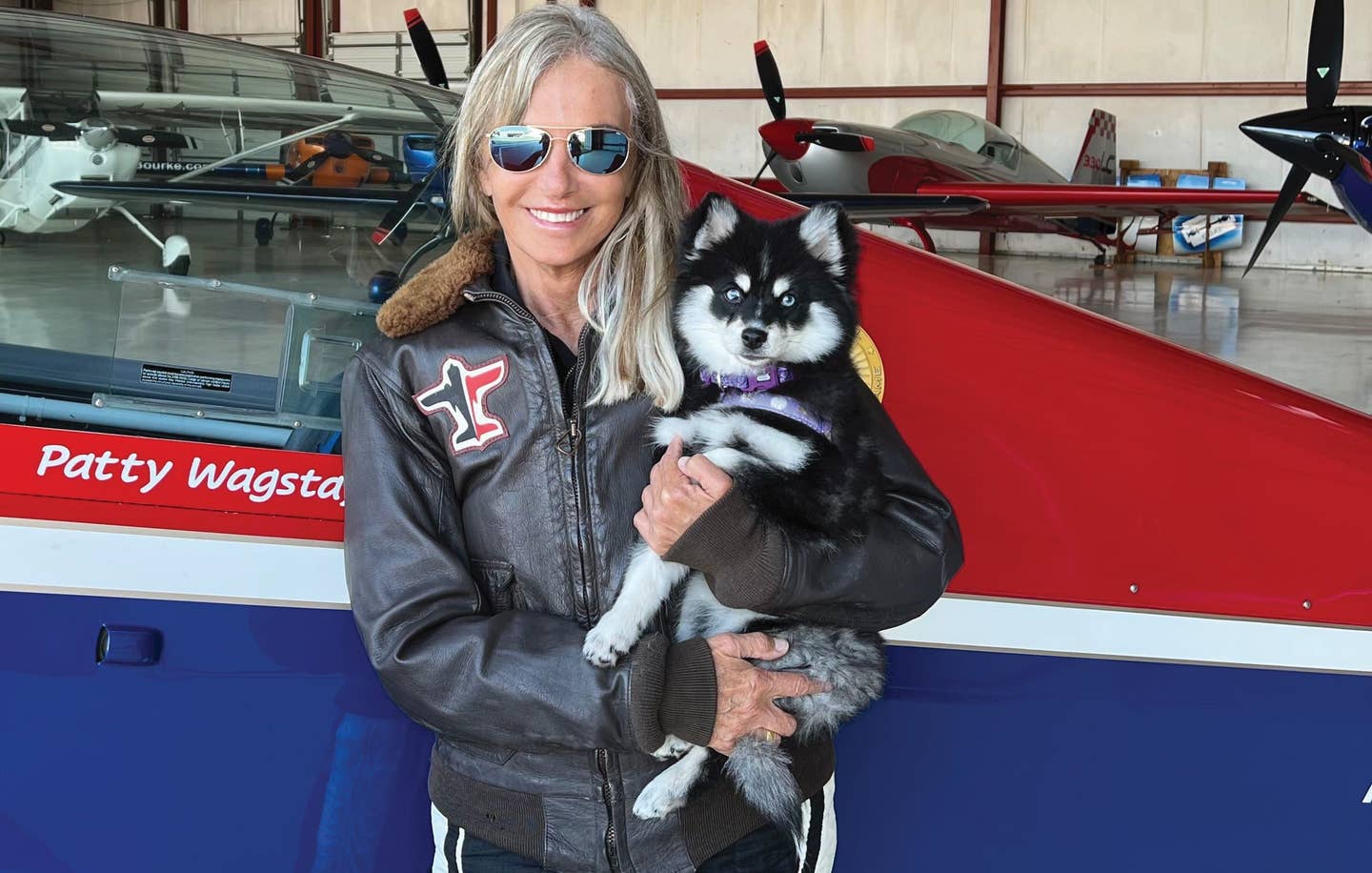
Patt Wagstaff’s journey into aviation began in the late 1970s. [Courtesy: Patty Wagstaff Airshows]
Few names resonate with the same level of respect and admiration in the aviation community as Patty Wagstaff.
With a career spanning over four decades, Wagstaff has not only made her mark as one of the premier aerobatic pilots in the world but also dedicated herself to the critical mission of aviation safety and the education of budding aviators.
If you're not already a subscriber, what are you waiting for? Subscribe today to get the issue as soon as it is released in either Print or Digital formats.
Subscribe NowWagstaff’s journey into aviation began in the late 1970s. She earned her private certificate in 1980, and it wasn’t long before her skill and passion for precise flying led her to aerobatics.
Known for her flair and daring spirit, she has captured the hearts of aviation enthusiasts and peers alike. Her breathtaking performances at airshows and her role as a key figure in the aerobatic community have earned her numerous accolades, including multiple titles as the U.S. national aerobatic champion—she was the first woman to win the title in 1991.
However, Wagstaff’s influence extends well beyond the spectacle of aerobatic routines.
Recognizing the importance of safety in aviation, she has become a staunch advocate for best practices and risk management. Her commitment to safety is not just theoretical but deeply personal, reflected in her meticulous approach to both her own flying and the broader aviation community.
Education is a cornerstone of Wagstaff’s mission. She has taken on the vital role of mentor and educator, striving to pass on her expertise to the next generation of pilots through her school, Patty Wagstaff Aviation Safety, based in St. Augustine, Florida.
She and a team of carefully selected flight instructors work with both aspiring aviators and experienced pilots to foster a deeper understanding of aviation principles. The school’s approach to teaching is characterized by an ability to distill complex concepts into accessible lessons.
In addition to her professional achievements, Wagstaff’s writing serves as a beacon of wisdom for the aviation community. She has previously served as a contributor to Plane & Pilot magazine, sharing narratives that are crafted with a genuine desire to uplift and educate. Her ability to connect with readers on both a technical and personal level has made her contributions particularly impactful.
We delve into Wagstaff’s perspective on aviation safety and her vision for the future of pilot education in this Q&A interview:
FLYING Magazine (FM): You are well-known as an aerobatic champion and performer, but what a lot of people don’t know about you is that you’ve dedicated yourself to educating other aviators. Was there a particular moment or event that inspired you to found an educational program?
Patty Wagstaff (PW): Airshow pilots often wear many hats. They run their own businesses, some own FBOs, flight schools, or work as airline pilots. It’s rare to find pilots who exclusively fly airshows, even if they fly a full season of 18 to 20 shows a year.
I’ve been a CFII (certified flight and instrument instructor) since the mid-1980s. As I got more into competition aerobatics and airshow flying, I didn’t have the chance to do much teaching until, in 2001, I started training the pilots of the Kenya Wildlife Service Airwing. I found it fun and incredibly rewarding, and the program continues today.
All along, people kept asking when I was going to open an aerobatic school, so it was in the back of my mind. Then one day in 2014, the planets aligned—I had an eager student, the right airplane, and office space became available. I had a broad vision, but, as I like to say, I had the forest in sight but not the trees. I had a lot of help, even from the ideas my students had, and it has developed organically into the busy airmanship, aerobatic, and upset training school it is today.
I’m really proud of Patty Wagstaff Aviation Safety. We’ve attracted students from around the globe, offering a variety of courses, and we have exceptional instructors. I might be the conductor, but everyone in the band is passionate and committed to helping pilots become more skillful and confident, and ultimately enjoy flying more.
FM: Can you talk a little about the challenges facing aviation today as the number of students increases dramatically each year?
PW: The skies in Florida are very busy with flight training these days. You really have to keep your head on a swivel and be extra vigilant for traffic. The other day, I flew to Daytona Beach in an Extra and was No. 10 on final for landing. This truly seems to be a most optimistic time with abundant opportunities for aspiring flight students to make aviation a career.
We do, however, face challenges in flight training. It’s understandable that a private pilot course can only cover so much, but many student pilots today are missing out on some fundamental skills that were traditionally taught, such as pilotage, spins, upset training, and more. For example, we often fly with newly minted private pilots who lack rudder skills and who have never done a deep stall, but these basic airmanship skills are crucial to becoming a good aviator and for handling emergencies.
Recently we started the Patty Wagstaff Aviation Foundation. Our goal is to provide students with much-needed upset training. We will soon launch our website for those interested in supporting pilots who face financial challenges in getting this critical training.
FM: You have a fantastic career full of achievements. What would you say is the most important lesson that aviation has taught you?
PW: Thank you. I’ve been really fortunate in so many ways.
Aviation is always such a metaphor for life—it’s a constant challenge and a lifelong learning process, and it keeps you humble. Just when you think you’ve mastered it or have it figured out—bam!—it has a way of reminding you that, no, you’re not that good.
You’ll never have it completely nailed, and that is precisely what I love about it.
Aviation is also a very small community. If you are in the business of aviation, you will run into the same people over your entire career, and because of that I think it keeps people honest and forthright.
FM: What has been the most rewarding part of educating other aviators?
PW: Watching them learn what the rudder is for! That’s part of it, but we take our jobs very seriously in that we are teaching habits that could very well save their life someday.
We are totally committed to imparting the right information to improve a pilot’s overall airmanship—and that is very rewarding. The other part of it is watching the fun light come on. Other than making pilots more skilled and competent, my ultimate goal is to help people enjoy flying more.
FM: What is something you wish more people understood about flying?
PW: I wish there wasn’t such a fear factor about aviation, especially general aviation (GA). I’d like to assuage their fears by letting them know that accidents caused by mechanical failure are rare.
That a well-trained pilot who uses good judgment and consistent procedures is a safe one.
That aviation is the best way to get around, and much safer than driving on a highway.
That a four- or five-hour trip by car can take only one hour in a small airplane
That aviation is available to everyone, not just wealthy people.
This feature first appeared in the September Issue 950 of the FLYING print edition.

Sign-up for newsletters & special offers!
Get the latest FLYING stories & special offers delivered directly to your inbox


